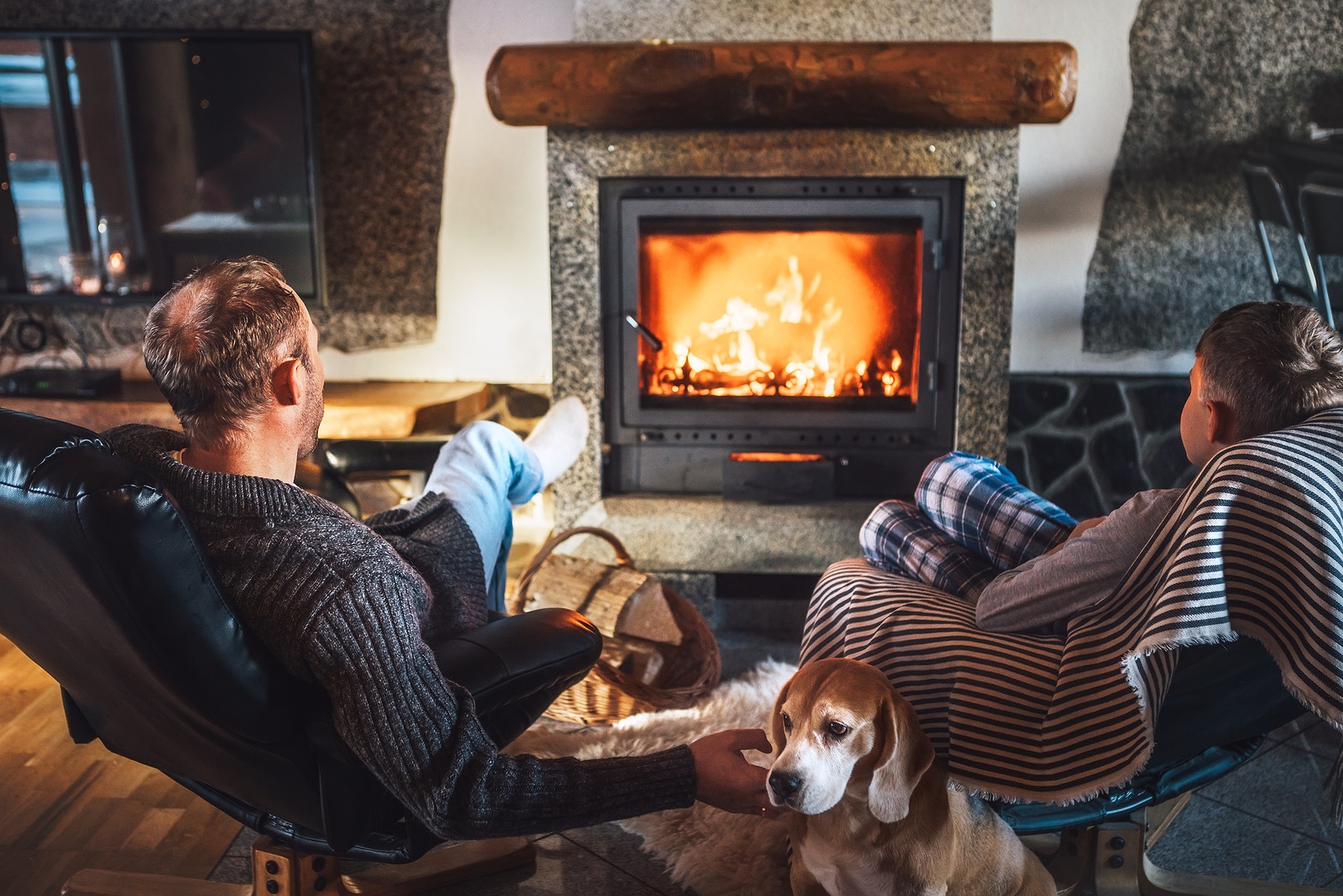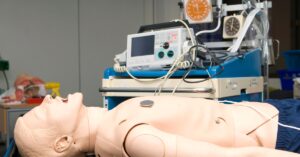Now that the days are getting shorter and temperatures are dropping, we are all starting to reach for our lighters and match-boxes to light open fires and candles in our homes. While these rituals help to create a cosy and welcoming atmosphere for the Fall season, they also increase the risk of starting a fire. These fire safety tips can help you to minimize this risk and keep your home and your family safe this season.
Heating, Open Fires and Candles:
In less than 30 seconds, a small flame can turn into a major fire. Here are some fire safety tips to prevent a fire resulting from your efforts to make your home warm and cozy:
- Keep all flammables (like paper, clothing, bedding, drapes or rugs) at least 3 feet from your fireplace, space heater or stove
- Never leave fireplaces or storage heaters unattended; make sure that fireplace embers are extinguished and heaters turned off before leaving the room
- Invest in a fireguard for your fireplace to prevent sparks flying out
- Never leave burning candles unattended
- Switch to flameless electric candles, particularly if you have small children or pets
- Keep matches and lighters high out of children’s reach
Cooking
Cooking fires are the leading cause of home fires and fire injuries. While cooking, make fire safety a priority by keeping these tips in mind:
- Be alert – if you are sleepy or have consumed alcohol, don’t use the oven or stovetop
- Stay in the kitchen while you are frying, grilling, boiling or broiling food
- When simmering, baking or roasting, check the food regularly, remain in the kitchen while cooking and use a timer
- Be particularly cautious when frying with oil – add food gently to avoid oil splatters and turn the heat off if oil begins to smoke
- Keep anything that can catch fire away from your stovetop
- Have a fire blanket at the ready to quickly extinguish pan fires
Electricity
Nearly 54,000 homes are damaged by electrical fires each year in the US. Protect your home by following these simple steps:
- Turn off all appliances and unplug them before going to bed
- Avoid overloading sockets and large masses of tangled wires
- Have a qualified electrician add more receptacle outlets in your home to reduce the use of extension cords.
- Check all cords and replace any that are frayed or have bare wires
- Always use the correct lightbulbs for your lamps or fixtures – make sure that they match the recommended wattage
Smoke Alarms
Smoke alarms are vital to every home as they provide early warning of a fire and significantly reduce the risk of a fatality. About three out of five fire deaths happen in homes with no smoke alarms or working smoke alarms. The National Fire Protection Association recommends that you follow these fire safety tips:
- Install smoke alarms on every level of your home
- Test smoke alarms monthly
- Replace batteries annually, and change the batteries in your carbon monoxide detector at the same time
- Replace smoke alarms that are 10 or more years old
Make an Escape Plan
Once the smoke alarm sounds, a fire can spread quickly, leaving only a minute or two to escape. To make an escape plan, start by drawing a map for your home and follow these guidelines from the NFPA:
- Plan two ways to escape from each room
- Make sure all doors and windows leading outside open easily
- Identify secondary routes – a window onto an adjacent roof or a collapsible ladder from upper-story windows
- If you live in a multi-story building, plan to use the stairs – never the elevator
- Designate an outside meeting place a safe distance from the house where everyone should meet
Practice your escape plan with everyone inside the house at night and during the day, twice a year. Make sure you all practice crawling low on the floor with your mouth covered to avoid smoke inhalation, closing doors behind you to prevent the fire spreading faster, and how to “stop, drop and roll” if your clothes catch fire. Also ensure that you have a fire extinguisher and that each member of the household knows where it is and how to use it.
Learn Life-Saving CPR
Taking precautions to prevent a fire is not enough; unfortunately no matter how careful you are, a fire can still occur. This is why it is crucial that you take the extra step of equipping yourself with life-saving CPR skills. Performing CPR in the event of a loved one losing consciousness due to smoke inhalation can drastically improve their chances of survival. It is vital to call an ambulance as quickly as possible and to perform CPR consistently until medical assistance arrives. CPR is an invaluable skill that can save a life in many different situations and emergencies, and is an excellent precaution to ensure the safety of your family.
With CPR123, it couldn’t be simpler to get trained in this invaluable skill. Our Heartsaver CPR AED and First Aid training offers a comprehensive overview of basic CPR and First Aid skills. Our experienced instructors will guide you through our interactive training with our state-of-the-art equipment. With multiple locations and affordable prices, there’s no excuse to not equip yourself with the necessary skills to react to an emergency situation such as a house fire.







